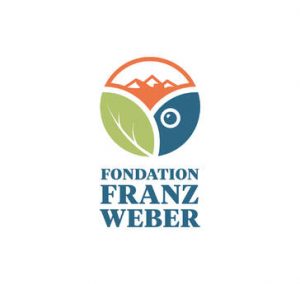By Kristof Titeca and Patrick Edmond. Originally published in Conservation and Society.
Abstract
There have been widespread reports of elephant poaching by the Lord’s Resistance Army (LRA) in Garamba National Park (GNP) in the Democratic Republic of the Congo (DRC), presenting a narrative that ivory poaching funds terror and that both can be solved by the same (military) intervention. This narrative distorts the complex dynamics. It identifies clear villains, edits out other poaching actors, and legitimises particular interventions. Poaching is portrayed as a moral, non-political issue and military intervention is portrayed as a logical outcome. The wider history and current context are neglected. The LRA’s poaching threat, relative to other actors, is overemphasised. It ignores how the LRA poaching—real as it was—fits into a history of poaching caused by problems with state capacity and territorial control, including incursions by armed actors. The situation demands solutions that are more complex than merely defeating the LRA. More so, military intervention against the LRA has worsened poaching, due to state military implications in poaching. The article shows how the ‘LRA ivory–terrorism’ narrative is a discursive tool for particular agendas, which primarily allow particular interventions, legitimisation of resources, or wider readership. In this way, the actors involved create their own echo-chamber, which is less concerned with local dynamics and which does not include practical conservation actors in Garamba. The narrative has also begun to shift.
View as a PDF:



